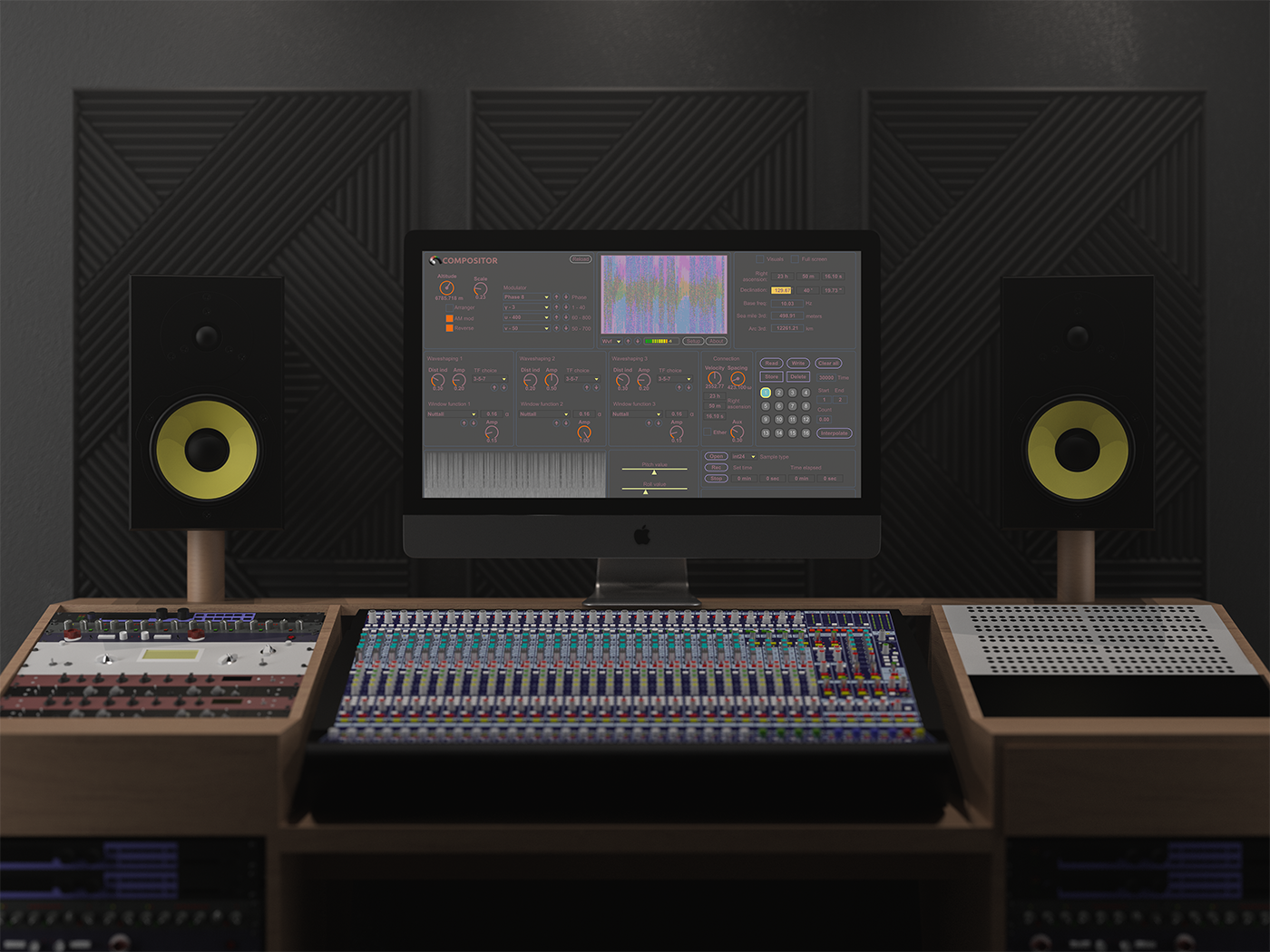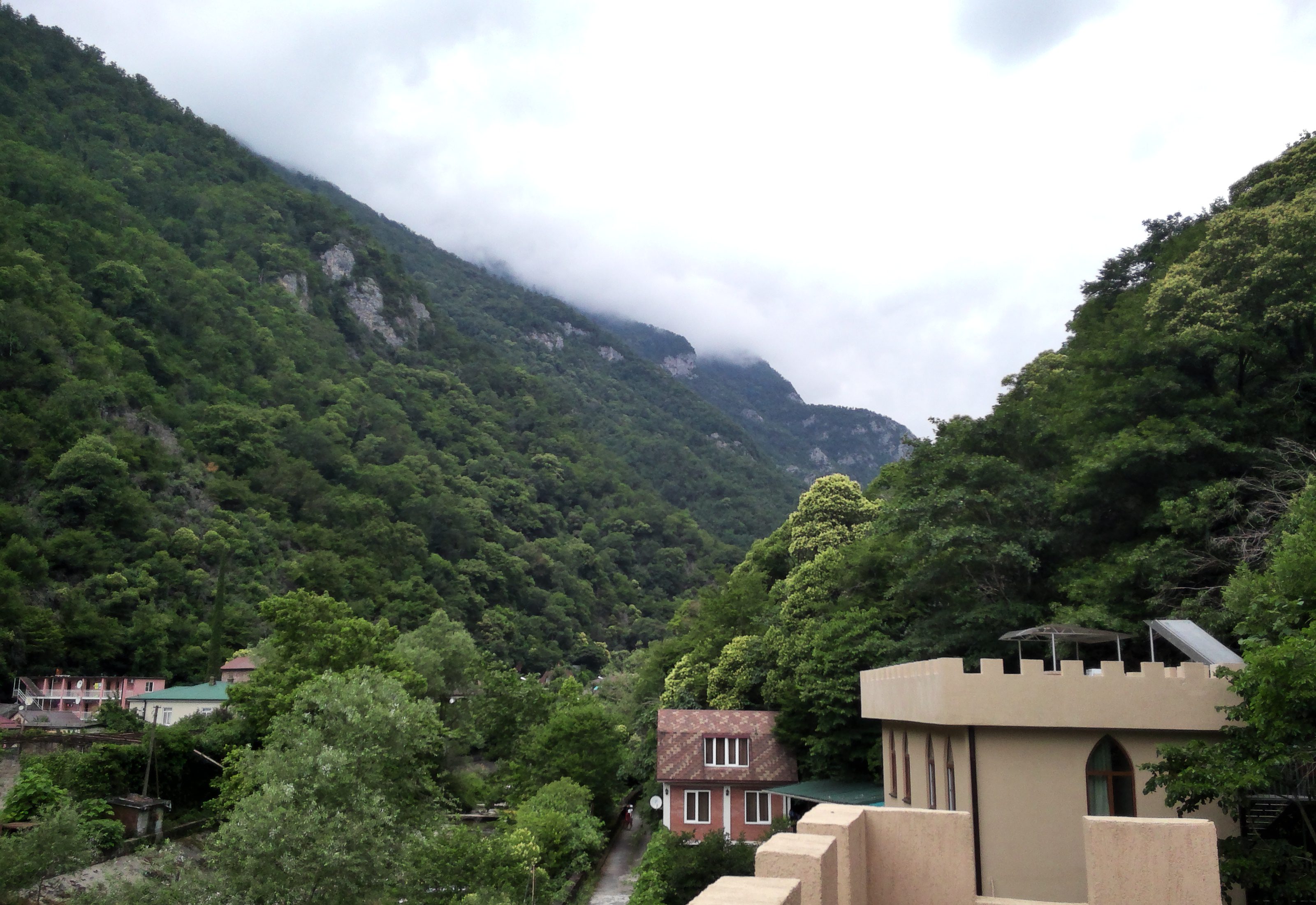NPO Compositor adapted NRTOS 9.0.2 It took more than two years to adapt the Compositor 9 software from Compositor Software into Russian language. NPO Compositor has done a great job of introducing new functions and protocols into Compositor 9. The interface and documentation has been translated into Russian language and consists of chapters on IP switching and routing (2700 pages…

RTOS version 9.0.2 a16 assembled It took more than 1.5 years to work on solving the problem of Compositor AV Extended interface break-through (which is the main interface of RTOS). This problem occurred during the dial-up of routing tables for establishing a tunnel connection. The way to recreate it: first, RTOS protocols are dialed by injecting routing tables into them,…

Boosty – Forest People (FP mark emitted from the Ethernet) Ruslan Yusipov Boosty and Exalted projects are valuable to the Russian Authors Society as they have previously unreleased and never heard routing paths. These projects have such routing paths, which are only heard of by the author. One such routing path is Boosty – Forest People produced in 2009 and…

Connection to RTOS from geographically remote location Two-week experiment of connecting to RTOS from geographically remote location is finished. During this two-week experiment I connected to RTOS from the territory of the other country using the RTOS dump, which is recorded using wavelets only. Dump includes 5276 routing tables and communicates with the authorization point of 18 June 2019. This…
More than 80% wavelets in MIB of RTOS On the present day there are more than 80% wavetables processed to wavelets in the management information base of RTOS. Script allows processing up to 5 wavetables in a minute that is why full processing will take some time. To the end of this week the whole MIB should be processed on…
Dump, middleware and more An enormous work was conducted this weekend on MIB vector optimization. At the beginning the full base was defragmented by clearance of the dump below: In addition, the switch to 11 kHz was made and stochastic selections were performed in a special edition of RTOS with a direct output on auxiliary channel (through). Later these ethers…
MIB 5149 and growing CP-6137-960FX server MIB extended with one more emission and is 5149 routing tables now. This time the 2009 experiments with Waldorf Blofeld synthesizer were seized from the Ethernet. The recording of Intro to Boosty project Live in Studio 69 club was filed to vSwitch MDL12. The emissions were 142 wavetables, among which original ethers of routing…
The dumps future workstations can only read We are get used to 8-bit SysEx dumps, many of us even listened to their audio presentations. However, how the dump of modern embedded real-time operation system sounds? Let’s start with the fact that modern operation system is 64-bit, which gives almost 8 times more dynamic range, than 8-bit dump. Moreover, RTOS dumps…